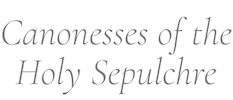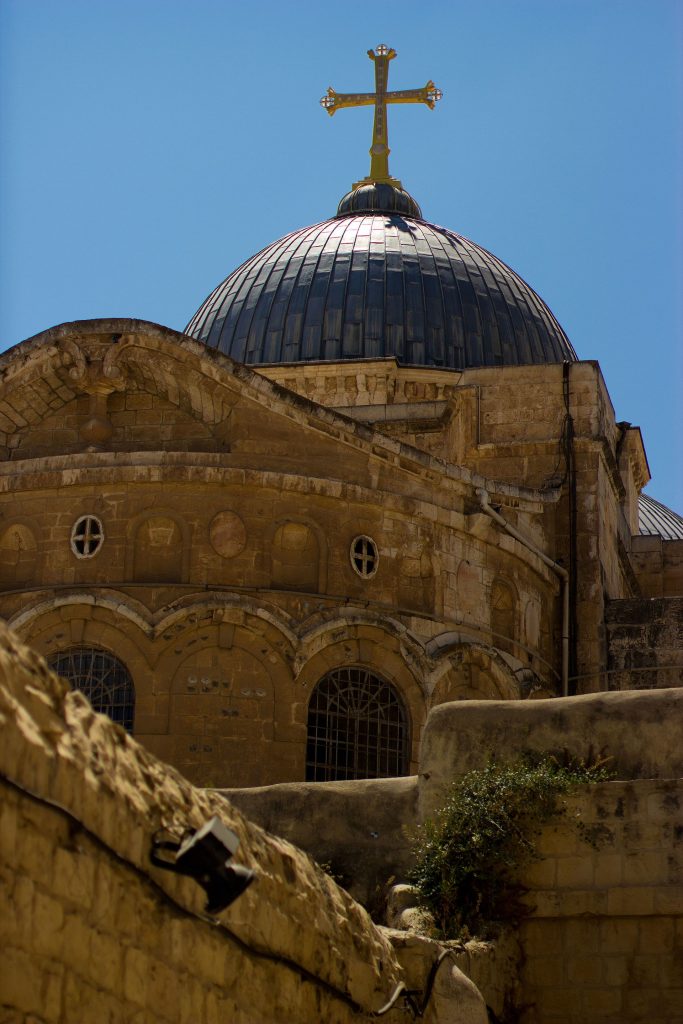The beginning of the Order of the Holy Sepulchre arose out of the very heart of the Crusades. It might seem difficult nowadays to feel proud of such origins, most especially as history has revealed the base motives of many of the Crusaders, as well as horrors of cruelty and injustice inflicted by them on the ‘infidels’. Nowadays our endeavours are focused on tolerance and respect for other Faiths.
The Crusaders battle cry was “Deus lo Vult” – God Wills It! Whether He did or not is beside the point, the Crusaders were prepared to give their all, even their lives to do God’s will, to keep safe from destruction the places Christ had made sacred with his human presence.
Today the Order goes forward in the same spirit to keep alive the message of the empty tomb. The Lord has risen. He is not here.
Some theories even attribute the origins of the Order to St James the Apostle and the Holy women who were followers of Jesus in the Resurrection stories.
In 1099 AD Godfrey de Bouillon installed 20 canons to ensure the faithful carrying out of the Liturgy appropriate to the greatest shrine in Christendom. It was not long before they were persuaded by the Patriarch Arnulfo to follow, in full, the recommendations of the Gregorian reform, and in 1114 they adopted the Rule of St. Augustine.
This act constituted them as a community of Regular Canons of the Holy Sepulchre and hospitality and the care of souls were added to the important place of Liturgy in their lives. The close relationship between the Patriarch and the Order may be why the Patriarchal cross was adopted as their emblem; one theory about the origin of the double Cross is the conscious union of the Eastern and Latin Crosses.
The Order spread rapidly across Europe, the Priory of Warwick being the chief among several in England, Scotland and Ireland. It was dissolved in these lands during the reign of Henry VIII.


